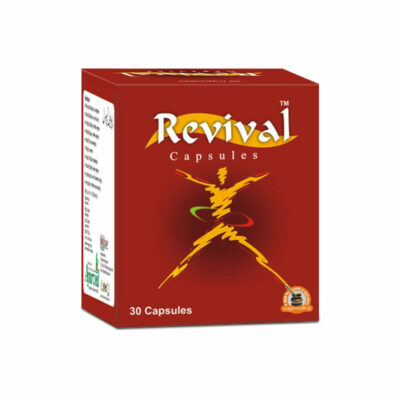Home Remedies for Small Pox
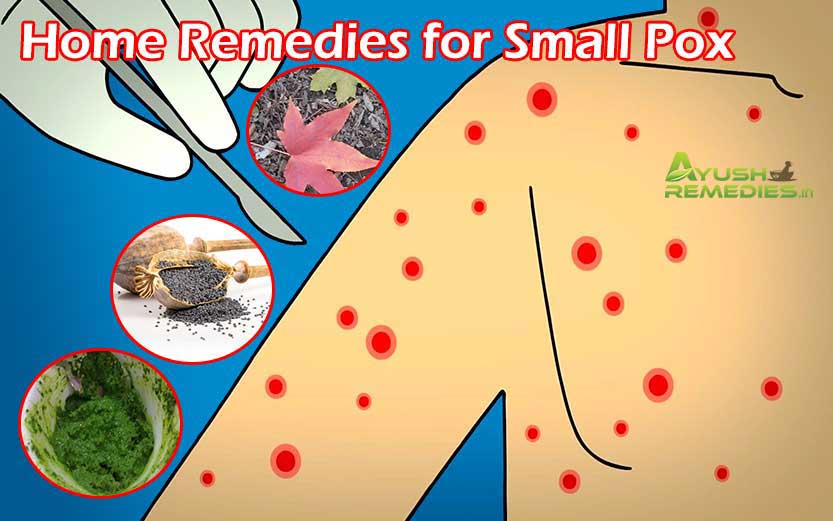
What is the Small Pox?
Smallpox is a highly contagious viral infection spread by variola minor and variola major virus. This is a deadly disease that claims the lives of approximately one-third of total patients. The number of people who have lost their lives due to this infection is 300 to 500 million compared to 100 million by tuberculosis. This infection causes fever and blisters which occur over the entire body.
The person carrying the virus is highly contagious and spread it to others easily. But the good news is that according to WHO this disease has been eliminated from the face of Earth completely.
The last naturally occurring smallpox was in 1977 and since then no case of smallpox has been found. But many countries have restored live cultures of smallpox virus for making biological weapons or vaccines to protect lives from biological weapons.
This condition has maintained smallpox as a threat for humans even today. In ancient times home remedies for smallpox were employed to save the patient from this deadly infection.
Whatever lives could be saved in the old days were due to home remedies for smallpox.
In the absence of any fool-proof vaccination natural treatment for smallpox is only a reliable way to recover from infection if at all anyone suffers from it. Today workers in high-tech labs where smallpox virus is stored are the only threats for proliferating infection once again.
Bio-terrorism is another threat that can spread the infection for killing a large number of people. Otherwise, this disease is no more a threat to mankind. Smallpox virus causes death due to toxemia.
This condition occurs due to the body’s reaction which tries to fight back the outbreak of a large number of viruses. The organs of an infected person like skin, liver, spleen, etc. contain the densest accumulation of smallpox virus.
You may like reading:
Ayurvedic Medicines to Increase Energy, Stamina, and Strength
Ayurvedic Medicines for Weakness, Fatigue and Low Energy
Causes and Symptoms of Small Pox
Smallpox virus spreads through contact with the infected persons. The nasal and oral fluids of infected person carry a large number of virus and can infect other people in close proximity easily.
The droplets of oral and nasal fluids that fly in the air after the patient has sneezed or coughed can enter a system of a healthy person to spread infection.
The ability of the virus to travel some distance in the air and survive in other mediums, which are humans, easily makes it most difficult to deal with.
Once one person gets infected he has the potency to infect nearly 60% of the total number of people around him. Two strains of virus variola major and variola minor are responsible for smallpox infection and out of these variola major causes severe symptoms and deaths.
Coming in contact with the belongings of the patient also spread infection. Blankets utensils, napkins, etc. which may contain traces of oral and nasal fluids can spread infection.
The symptoms of viral infection take a little time before becoming active. The symptoms arrive after 10-17 days of infection and last for a few weeks.
A person becomes infectious after catching an infection and remains infectious till the last rash has dried and fallen off which takes about four weeks. Initially, a person suffers from fever, headaches, and chills. The patient is too unwell to get out of bed and rashes begin to appear within 24-48 hours.
Along with rashes sore throat, back pain, vomiting, and abdominal pain may also occur. These rashes turn into raised bumps and within a few days, these bumps get filled with fluid.
The fluid is yellowish in color. The bumps or blisters of smallpox remain at the same stage of development. These are not like chickenpox where new ones form while old ones are healing.
In a week’s time, the blisters dry and crust and fall off leaving deep scars.
Home Remedies for Small Pox
Neem Leaves
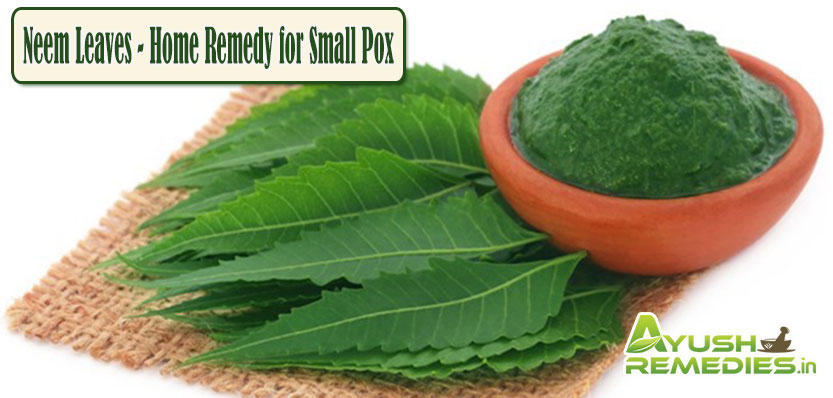
Neem leaves have been used since ancient times as a natural treatment for smallpox. These work well not only to control infection in a patient but also spreading to others.
The paste of Neem leaves with water can be applied over blisters to relieve symptoms. If a patient can take a bath Neem leaves can be boiled with some water and when it has cooled down sponge bath can be given with it.
The smoke of Neem leaves or hanging fronds of Neem leaves around patient help in curtailing the movement of virus in the air to protect others.
Keeping Neem fronds close to the bed is also an old practice to prevent infection from spreading. Neem leaves are trusted home remedies for smallpox.
Parh Leaves
Parh leaves are effective and trusted natural treatment for smallpox. 5-7 leaves can be boiled in a glass of water for a few minutes and water shall be given to the patient when warm after straining.
These leaves are wonderful for speeding up the healing process of blisters and also relieve symptoms. The properties of these leaves supplement antibodies that fight back variola virus efficiently and suppress its activities. Regular use of parh leaves is one of the trusted home remedies for smallpox.
Weakness and fatigue are major concerns of patient of smallpox. Milk works as one of the efficient home remedies for smallpox as it speeds-up recovery and maintains energy.
To use milk as a remedy take one liter of it and bring it to a boil. Add two teaspoons of lemon juice which will make milk curdle.
Allow it to become warm and give it to the patient first-up in the morning. It is easily digestible and maintains energy to fight back infection.
Poppy Seeds
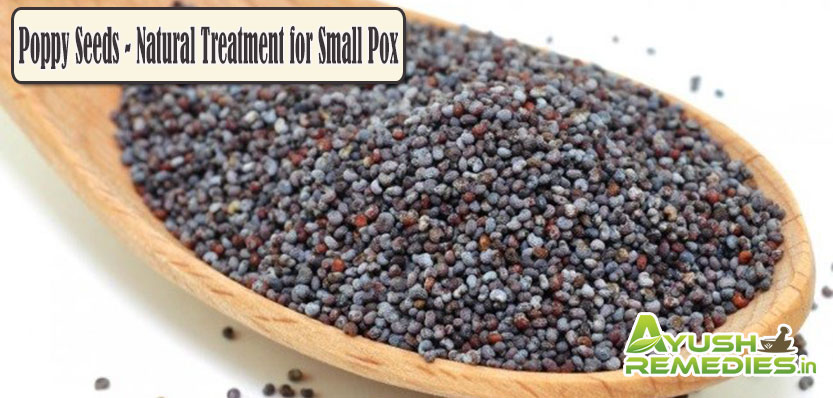
Poppy seeds are other home remedies for smallpox which help in suppressing the virus and its activities and relieving symptoms. The blisters of smallpox can cause severe burning and itching.
The paste of poppy seeds, when applied over blisters, provides cooling effects. It relieves itching and burning and helps in healing blisters faster.
The poppy seeds can also be used as internal remedies these when consumed treat abdominal pain and maintain energy levels which helps in faster recovery.
A paste of Red sandalwood powder with water is one of the most popular home remedies for smallpox. It is part of folklore and also backed-up by spiritual belief in India.
Paste provides instant relief from itching and burning and heals blisters faster.
Diet for Small Pox Patients
Fruits juice and Milk
It is important that a patient of smallpox shall be given food only when he needs to or wants to. Initially the patient may not feel at all like eating. It is better to just focus on fluid intake rather than providing or forcing things to eat.
At onset of infection, fever may rise up to 102 degrees which prevents one from eating. Water and diluted fruit juices are the best diets for the patient to eat for an initial one or two days.
Diluted milk or nut milk can also be given to the patient for energy. Later when fever, headaches and abdominal pain get relieved a baked potato is the best diet for smallpox.
This veggie contains starch and carbs which will energize weak muscles and stays in the stomach longer. Milk toast, lighter milk preparations, and eggs can also form a diet for smallpox after the fever subsides.
Lemon and Orange
Lemon and orange are excellent fruits which shall be part of a regular diet for smallpox. These are vitamin C rich foods which help the body in fighting back virus and also improve metabolism.
The orange juice and spices like garlic shall be used in foods served to a patient of smallpox. During convalescence well-cooked cereals, rice puddings, rice preparation, custard, etc. along with lemon and orange juice shall be the diet for smallpox. These foods will bring back energy and also improve digestion and immunity.
Whole wheat bread, cooked rice, and milk are shall also be included in a diet for smallpox patients. One should strictly avoid heavy meals but patent shall be given food every two hours. It is necessary to give something to eat or drink after every couple of hours even at night.
Avoid foods like meat, course vegetables, brown bread, and rich sauces. These can aggravate symptoms and also deteriorate the body’s disease fighting abilities.
Small Pox Treatment and Prevention
Smallpox is a deadly disease. It has been eliminated completely a long time back. But this does not mean that there is no danger of this infection anymore.
Many countries have held back live cultures of the virus which leaves danger of repeat outbreak of this disease looming large. Accidentally or deliberately this disease can resurface any time.
Prevention of smallpox is not possible through vaccination. Although many vaccines since old times have been tried their success percentage is far low to gain trust.
Precautions are only the prevention of smallpox. In case of an outbreak staying away from viruses only guarantees protection.
The virus causing smallpox spreads through tiny droplets of nasal and oral fluids which float in the air when the infected person sneezes or coughs.
A person infected with smallpox release fluids through sneezing and coughing in higher volume than normal person.
Maintain a safe distance or wear a mask when out in the public. Use a good quality mask or change it regularly to be sure of protection. Wash hands and change clothes after coming from outside.
Avoid touching your mouth or nose with unclean hands. If needed to touch an infected person wear disposable gloves made of latex.
Do not share personal things with anyone. Utensils, food, razors, toothbrush, bedsheets, etc. all can contain traces of fluids which may have a virus of smallpox.
Use hand sanitizers for keeping hands clean always. Avoid eating raw foods, prefer to eat cooked foods which are hot.
Use bottled water and disposable glasses for drinking outside and maintain the consumption of foods and drinks which are good for the immune system for effective prevention of smallpox.
You may like reading:
Home Remedies for Typhoid Fever
Home Remedies for Dengue Fever, Diet, Treatment and Prevention
You May Like…
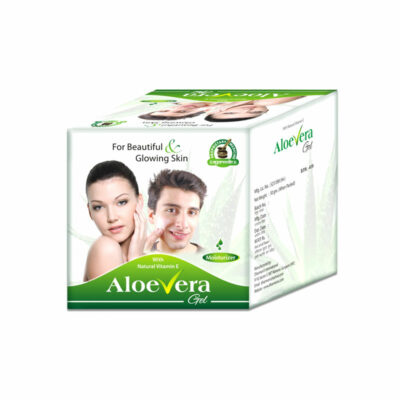
Aloe Vera Gel for Skin Care
₹570 – ₹1,880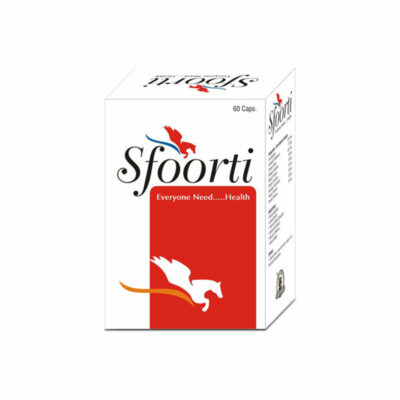
Ayurvedic Pills to Increase Power and Stamina
₹740 – ₹2,560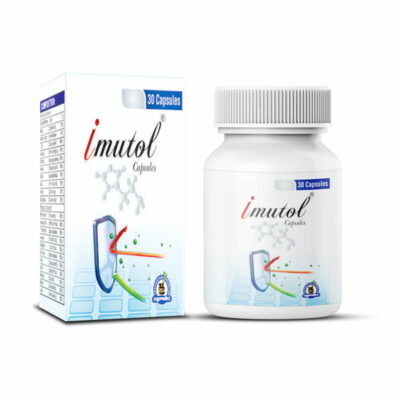
Herbal Immunity Booster Supplements
₹1,970 – ₹7,480